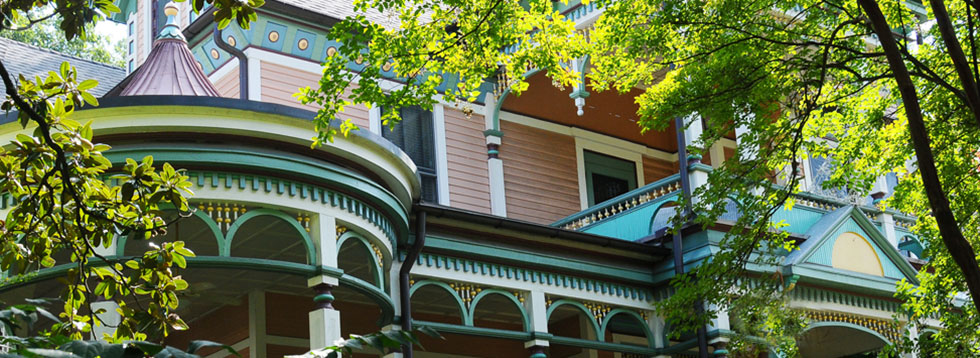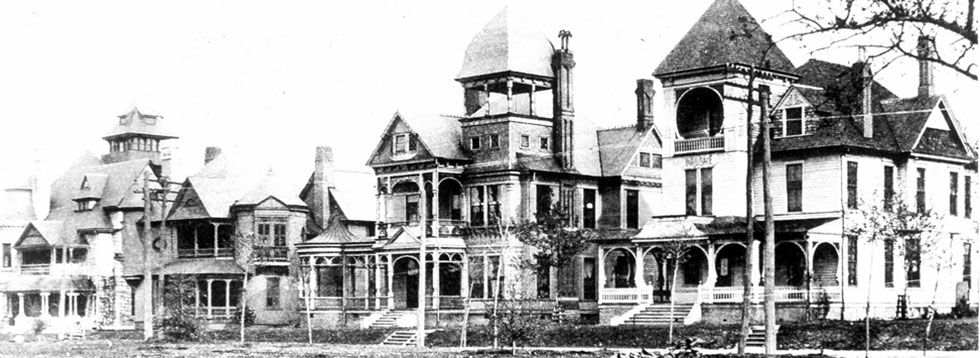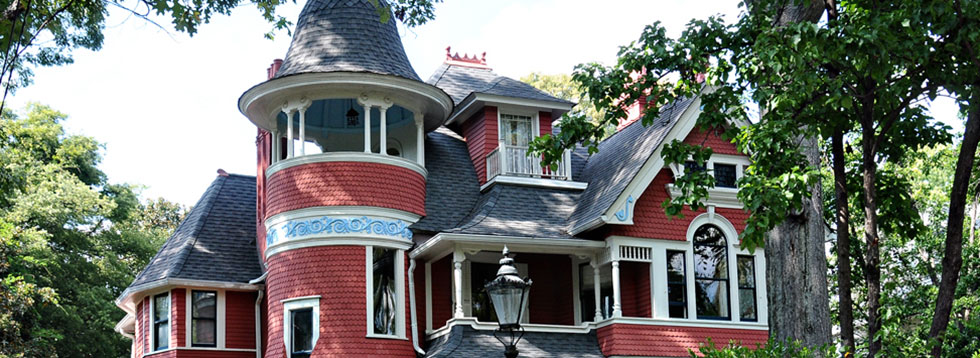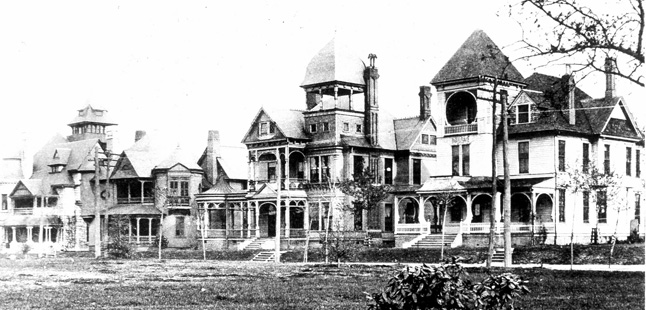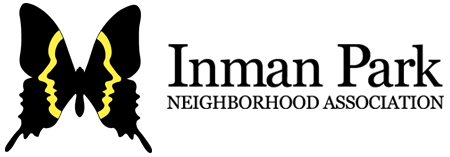
Inman Park
Our Beginnings A Time of Restoration, Preservation and Fighting the Road Freedom Park was the largest urban park created in the United States in the 20th century. It was born of an extraordinary 20-year battle by nine Atlanta neighborhoods to prevent the construction of several proposed major highways systems that would have bisected historic neighborhoods and destroyed a string of parks designed by Frederick Law Olmsted. More than 500 homes were demolished by the Georgia Department of Transportation in the 1960’s for these highway projects. In the ensuing years, as the 217 acres of land lay vacant and undeveloped, the neighborhoods most affected by each proposed highway project remained committed to preservation and the creation of intown parks. CAUTION, Inc. was formed in 1982 to fight the highway proposed by the Georgia DOT: A project supported by former US President Jimmy Carter, Atlanta Mayor Andy Young, a majority of the Atlanta City Council and DeKalb County CEO Manuel Maloof. In the face of such formidable opposition the neighborhoods sustained years of legal action in courts all the way to the Georgia Supreme Court. Protests, civil disobedience and efforts led to elect over 68 No Road friendly politicians. With support from Congressman John Lewis and newly elected Mayor Maynard Jackson, CAUTION’s efforts to stop the road finally brought success with the defeat of the plan for a four-lane expressway with bridges, truck traffic, high speeds and limited access with exit ramps. The City of Atlanta, Georgia DOT and CAUTION mediated a resolution in 1991 that resulted in the design and construction of Freedom Park and Freedom Parkway. Inman Park Today Inman Park is the neighborhood of Joel Hurt’s dreams: beautiful homes filled with professionals who appreciate the charm of urban living in a bucolic setting. Almost all of the houses – both the mansions and the smaller dwellings – have been restored to their former glory, and the parks scattered throughout the neighborhood are well-maintained green spaces that pay homage to Hurt’s original designs. A strong neighborhood association – IPNA – continues to fight for the betterment of the
|
